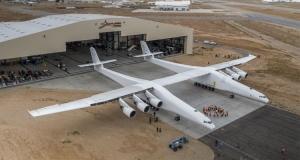Size Matters
How big an aircraft can you build? Well, it depends. It depends on what kind of aircraft you're talking about, i.e. airplane, glider (including parasails and hang gliders), balloon (including blimps and airships) or helicopter) and how you define big. (weight? wingspan? volume? payload?)
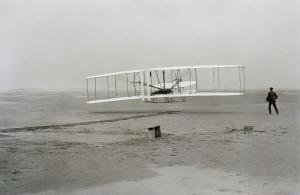
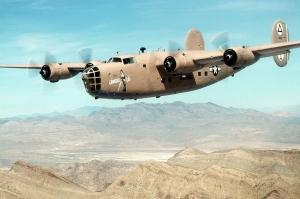
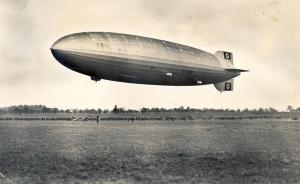
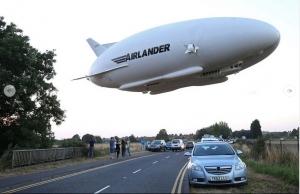
The last half of the twentieth century saw huge leaps in size and performance as a result, in large part, of revolutionary new lightweight high strength materials, including new metal alloys and, most strikingly, composites. That brings us to what most consider the largest airplane in service today, the Antonov-225 with a takeoff weight of 705 tons and the longest wingspan (at 290') and the largest airliner, the Airbus 380-800 with a maximum takeoff weight of 617 tons and a wingspan of 262'.
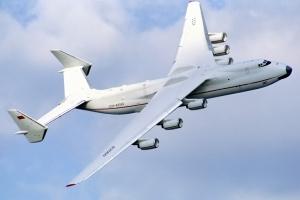
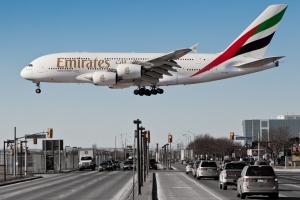
But if you want to consider weight, it takes rockets to get really, really big. The space shuttle, which could be called a powered glider, tips the scales at 2,200 tons at liftoff. The Saturn V (the rocket that took men to the moon) takes top honors with a liftoff weight of 2,520 tons!!
 |
 |
Finally . . . soon to fly will be the Stratolaunch, the largest all-composite aircraft built, with a wingspan of 385' will take to the air to launch rockets carrying low-earth orbit satellites! But that's another story in and of itself!
